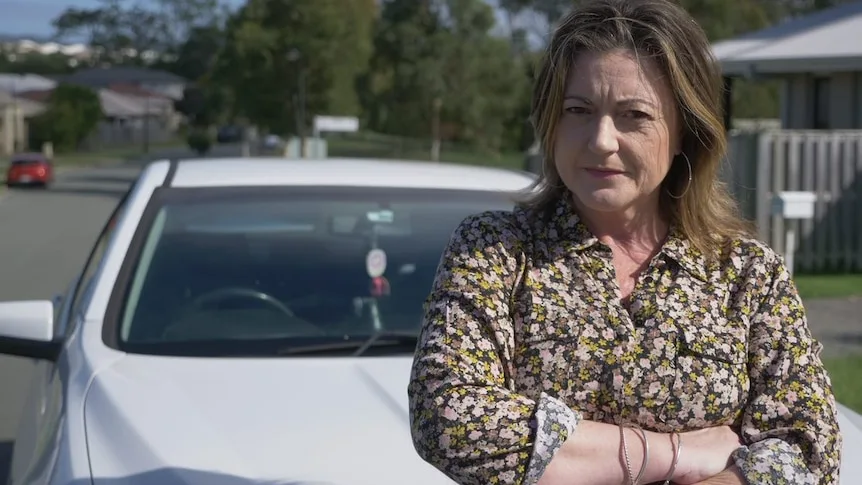Mass transportation and last mile transport from there to the end point!
If we updated the train network, subsidised electric bikes (along with more sensible regulation about speeds and wattages, 250 isn’t enough to get peek hills without sweating - which sounds vain but is important for people replacing a car) and provided safe places to park them all around (lockers etc) I earnestly believe a lot of people would find they amount of times they earnestly need to drive its slashed considerably!
A solid bike or scooter is effectively a low impact range extender for the rest of our infrastructure - which means more people can access it more easily too!
I can only speak for myself but doing the same thing, I’m only really driving twice a week now to handle a ~80km round work commute. It’s great - and I’m going out a lot more because I’m not worried about fuel or parking.
I commute into Brisbane from GC. My commute is amazingly easy. Drive 10 minutes to the train, park up, train and walk to work in the city. 10 minute difference compared to driving, which is negligible if you include the walk from the car park @ Roma or Turbot to work.
I constantly think about how when down in GC I’m driving around this massive 4 door sedan when I could be in something way smaller and lighter at least, or better yet something that doesn’t run on fuel. The most I’m usually carrying is one bag.
If public transport actually worked for the places I need to go, or I could run a real ebike to get up the hills of Nerang area mountains I’d be golden.
Bus retooling too - there’s no reason why a lot of coverage buses need to continue into the CBD, gimping frequencies and contributing to issues like inner bus congestion
The high cost of public transport is a strong barrier against increased public transport uptake.
Public transport takes longer and with a cost at parity (or slightly higher) than driving.
I would like to see public transport go fully free for a year and see how much we can save on road maintenance and upgrades.
The cost of train ride is ridiculous. I take trains because I’m only a 5min walk to the station, if I live any further theres no way I’m paying twice the petro cost to travel in a tuna can just to go to the city.
Get people on trains. Barely an excuse in some parts of Brisbane. Its not places like that who’ve got to worry though, it’s places like GC where we’ve decided that a light rail system makes sense when just north there’s a great cheaper and faster busway system.
Plus all the people who commute up and down and up and down the m1 day after day. Push them to WFH if possible. Better for people with kids as well and there’s no reason we can’t in a modern world, business just has too much money in real estate to let us.
With due respect, what about the light rail system doesn’t bring people onto trains? To my understanding, it’s a significant driver of positive induced demand and it’s integration with the train system is pretty good
The integration is good but I think it’s poor investment. Busways and lanes are much cheaper to implement and are in general faster than the light rail system. I like the rail to Southport and from Broadbeach in - it works well enough and is much better than the contracted bus system which isn’t very reliable, but the extension to GC airport is ridiculous to travel at 40kmh or less avg speed.
Buses tend to have their drawbacks too, tbf.
For one, they’re less scalable - to increase capacity on a busway, you need more buses, requiring more drivers and more infrastructure including passing lanes. In Brisbane, where issues in this area have resulted in service cancellations, the latter can be crucial. Buses tend to be less efficient owing to rolling resistance - nothing beats steel-on-steel and a pool of motors. Flexibility can be a liability too - for example, service cuts and reductions in service quality are easier to perform with buses. This carries over to infrastructure projects too - for example, the Northern Transitway bus lanes have seen cuts into a rush-hour only system, decreasing effectiveness as a result. And while the light rail is more expensive w.r.t initial investment, the operating costs would be considerably lower. It’s a case of “spend money to make money”, to save in ongoing things like operating costs and energy usage. That said, busways do have some advantages, including insanely high theoretical throughputs (which do come at the costs of higher operating expenses and a need for more vehicles). I am not exactly super clued in to address the speed aspect, though I will argue that speed is merely one factor in service attractiveness (frequency, comfort, permanent infrastructure, separation from road traffic, etc are aspects too, which I argue G:link does well from my rides on the system).
In the end, it all comes down to the needs of the corridor. Buses, trams, and trains all have their niches, which they each fulfill well in certain contexts. For the corridor, a linear, populous area with lots of patronage and a need for a permanent right-of-way with good presence in the urban area, I’d argue that the light rail does the job well. Brisbane’s busways, which were designed to service low-density car-centric suburbia in a commuter role, do well in that environment too. But that’s my 5 cents
Very true, operating costs would be much higher with a busways system, and the sprawl of Brisbane works much better than in gc where there’s a lot of people close enough to the light rail for it to be useful. I should put more thought into the topic. Still very doubtful re: the extension to gold coast airport.
WFH is one of the contributing factors to the current housing crisis as people sought more space to be able to do it.
Not saying your idea is wrong, but there is an effect.
The effect doesn’t seem to correlate to an increase in these smaller houses though. If already housed individuals are seeking to put more money into a larger house that frees up smaller houses for those without the same investment opportunities. Rents and prices should naturally go down if a subset of well off people sought higher quality homes.



